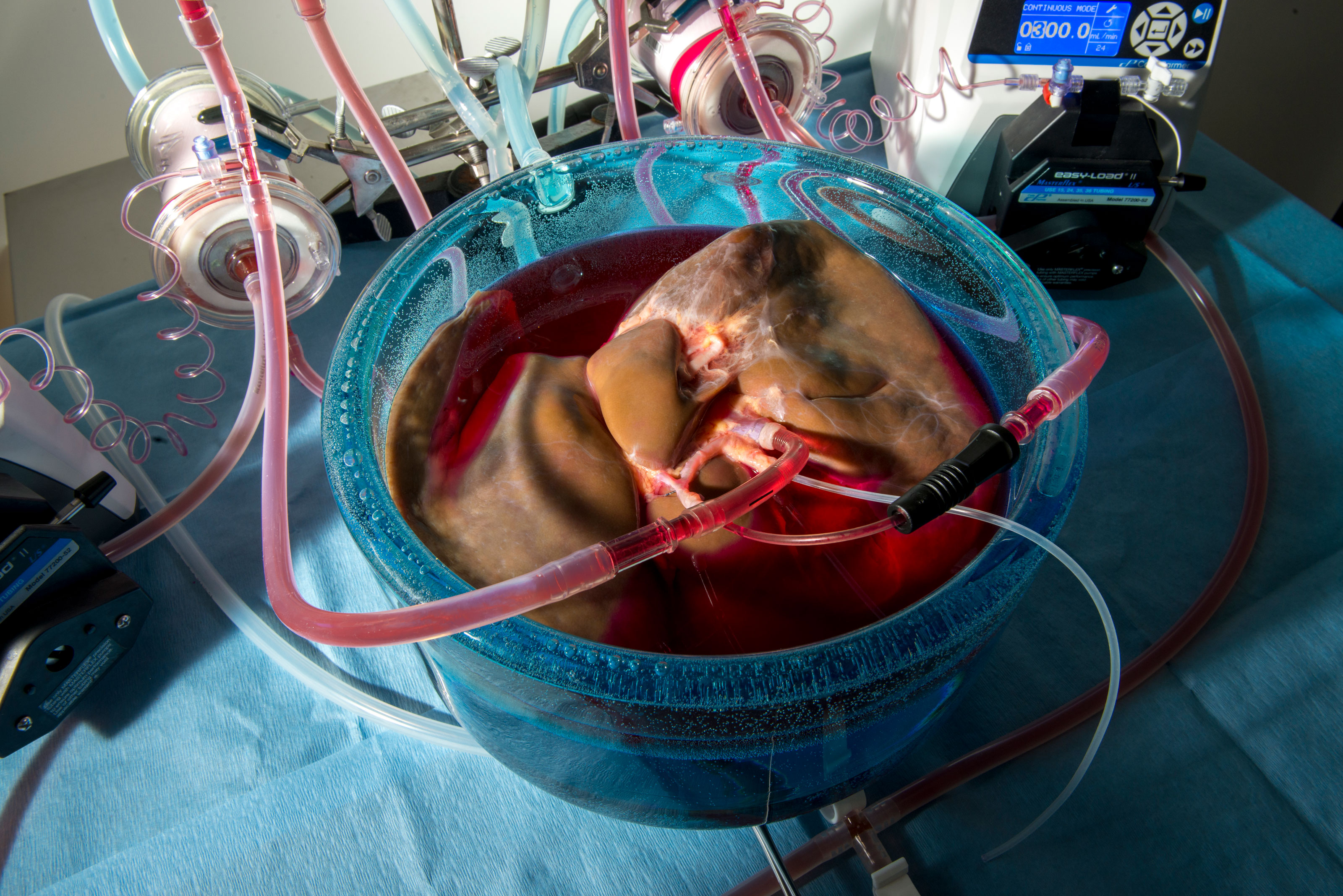Doctors have put human livers in suspended animation

Researchers say they’ve successfully plunged human livers to subzero temperatures and then warmed them back up.
The “supercooled” organs were still in good shape after 27 hours, adding nearly a day to how long livers can last outside the body.
The research is part of a wider effort to learn how to keep organs operational outside the body for longer periods of time.
“What we really need is an Apollo program to create a new paradigm for organ preservation and sharing,” says organ researcher Korkut Uygun, who led the project from Harvard Medical School and his lab at Massachusetts General Hospital. “We do think all the key technologies are already available or easily within reach.”
The supply of donor hearts, kidneys, and livers from accident victims is sharply limited. In the US, a nationwide system of registries and transplant centers coordinates to move them around by air in coolers for what are invariably emergency surgeries.

Organs can’t simply be frozen and stored because ice crystals will form and cause irreparable damage. So Uygun's team instead used a technique called supercooling, which can lower the temperature of water to -6 °C (21 °F) without freezing it.
The Harvard group previously managed to supercool rat livers, but human livers are 200 times the size, and preserving them has so far been an “elusive goal,” according to the scientists.
In their latest effort, described in the journal Nature Biotechnology, the team found ways to pump human livers full of “preconditioning” chemicals and cool them down evenly into a state of “suspended animation.”
At such low temperatures, physical processes slow dramatically. The team later restored the livers by slowly transfusing them with warm blood.
Cold isn’t the only way to keep an organ in good shape. Researchers have also found success keeping organs attached to artificial circulatory systems, even keeping donor hearts beating outside the body and restoring the circulation to pig brains after death.
“In my opinion, a key platform technology actually is machine perfusion,” says Uygun.
Harvard estimates that 30% of all US deaths could be forestalled by an organ transplant.
Deep Dive
Biotechnology and health
How scientists traced a mysterious covid case back to six toilets
When wastewater surveillance turns into a hunt for a single infected individual, the ethics get tricky.
An AI-driven “factory of drugs” claims to have hit a big milestone
Insilico is part of a wave of companies betting on AI as the "next amazing revolution" in biology
The quest to legitimize longevity medicine
Longevity clinics offer a mix of services that largely cater to the wealthy. Now there’s a push to establish their work as a credible medical field.
There is a new most expensive drug in the world. Price tag: $4.25 million
But will the latest gene therapy suffer the curse of the costliest drug?
Stay connected
Get the latest updates from
MIT Technology Review
Discover special offers, top stories, upcoming events, and more.